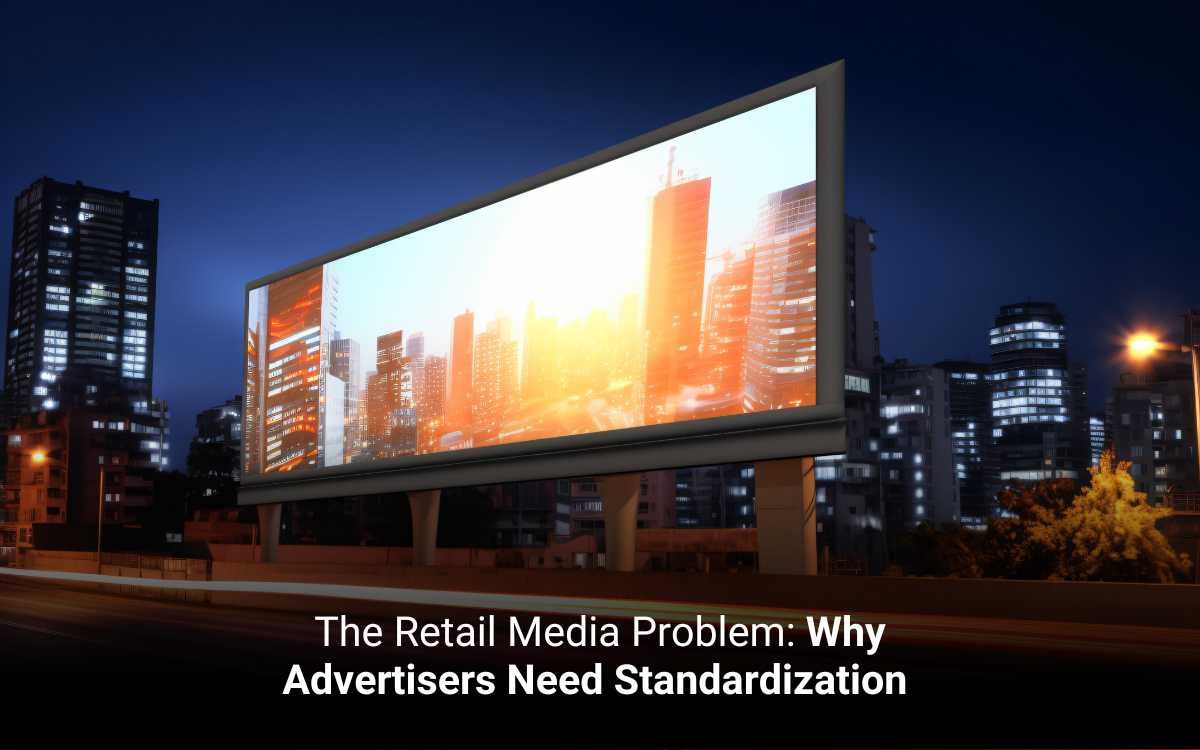You’re a CMO at a Tech company. You launch a million-dollar digital campaign across programmatic platforms, using AI to drive performance. A month later, results pour in, CTR is up, impressions look great, but conversions? Disappointing. When you ask your media buying team why, no one can give a clear answer. The AI made decisions about audience segments, placements, and bidding strategies, but how and why it did what it did? That part is locked in a black box.
As AI becomes central to media buying and campaign optimization, advertisers are frustrated by the opacity of these systems. While AI has revolutionized efficiency, it has also made decision-making harder to audit. The lack of visibility, known as black box AI, leaves marketers in the dark about the impact, ROI, brand safety, and compliance.
This article will discuss the need for transparent AI in advertising.
What is the “Black Box” in AdTech AI?
The term “black box” AI refers to systems that make decisions or predictions without providing any visibility into how those decisions were made.
1. Opaque Decision-Making in Targeting
Black box AI selects target audiences based on ML patterns but doesn’t disclose what data points led to those choices.
Example: A cloud service provider launches a campaign aimed at mid-market CTOs. The AI begins delivering ads to a broader audience without providing a clear explanation. Marketers can’t determine if the AI is optimizing for relevance, engagement, or simply low CPMs.
2. No Control Over Creative Optimization
AI in AdTech also runs multivariate tests on creatives, headlines, and call-to-actions, but with black box systems, advertisers don’t know which variations worked or why.
Example: A cybersecurity firm launches multiple ad versions for CFOs and CISOs, but only sees final conversion numbers. Without visibility into which message resonated with which persona, it’s impossible to inform future campaigns.
3. Inability to Ensure Compliance
With regulations like GDPR, knowing how AI uses customer data is essential. Black box systems don’t reveal if sensitive or consent-dependent data was involved in decision-making.
4. Performance Metrics Without Context
Black box AI can generate impressive performance metrics, but metrics without context are dangerous. Without knowing what influenced the results, marketers can’t replicate or scale success.
Why Advertisers Demand Transparent AI in AdTech
Here’s why AI transparency is becoming non-negotiable in the AdTech industry.
1. Trust and Accountability
Advertisers work with long sales cycles and niche audiences. If AI makes a targeting decision, marketers need to know why it chose that audience segment.
For example, a SaaS brand targeting enterprise CFOs may find its ads served to irrelevant demographics, wasting budget and damaging campaign credibility.
2. Budget Justification and ROI Clarity
When AI reallocates spend mid-campaign, such as shifting budget from LinkedIn to display ads, advertisers must explain the rationale to internal stakeholders.
Without AI transparency, there’s no clear audit trail. CMOs can’t justify performance metrics without knowing the “why” behind the AI’s choices.
3. Brand Safety and Compliance
Regulations like GDPR and CCPA are tightening data use policies. Advertisers must ensure their campaigns don’t cross legal boundaries. Transparency helps avoid costly fines and reputational damage.
Example: A cybersecurity firm targeting healthcare enterprises must ensure that data-driven decisions don’t misuse patient-related data.
4. Better Optimization Through Human + Machine Collaboration
With transparent AI, marketers can identify patterns, refine inputs, and optimize performance. For instance, a software company might notice the AI undervaluing niche industry publications where their ICP engages. With transparent systems, marketers can adjust models instead of unquestioningly trusting the algorithm.
5. Client Expectations in the Agency
Agencies managing large client portfolios often get questions about AI-driven campaign performance. If the AI is a black box, agencies can’t explain or defend decisions to clients. Transparency not only builds trust but also becomes a selling point in competitive pitches.
How Can AI in AdTech Become More Transparent
Here’s how AI in AdTech can become more transparent.
1. Explainable AI (XAI) Models
By using explainable AI, platforms can reveal why certain decisions were made, such as why a particular audience was selected or why a specific ad won a bid.
Example: A fintech firm targeting CFOs can benefit from AI models that show which user behaviors or firmographics (e.g., company size, industry) triggered ad delivery.
2. Customizable AI Parameters
Give marketers more control over AI logic by allowing them to set guardrails, such as prioritizing cost-per-lead over impressions or excluding certain domains.
Example: A SaaS brand focused on lead generation can instruct the platform to optimize for MQLs over general site visits.
3. Campaign Logs and Decision Trails
Provide clear logs that show the AI’s decisions, when they were made, and the reasons behind them. This audit trail enables marketers to explain campaign changes to stakeholders and adjust their strategies accordingly.
Example: A cybersecurity company running a thought leadership campaign notices that the AI has begun favoring native ads over sponsored posts. With a transparent log, they can confirm it was due to higher engagement rates on specific content formats.
4. Regular AI Performance Reviews
Evaluate AI performance periodically. Platforms should provide dashboards that compare AI-recommended decisions with actual results.
Example: An agency running B2B campaigns across various industries can assess whether the AI consistently delivers a better ROI or merely shifts spend to lower-cost, lower-quality channels.
5. Open Communication from Vendors
AdTech platforms must stop hiding behind proprietary algorithms. Instead, they should share how their AI works, including what inputs it uses and what outcomes it prioritizes.
What’s Next in Transparent AI in AdTech?
Here’s what’s coming next and how it will reshape advertising.
1. Built-In Explainability in Platforms
AdTech platforms will have explainable AI baked into their design. This means advertisers will get real-time insights into why AI made certain choices.
Example: A marketing manager at an enterprise SaaS firm can now see that the AI has prioritized senior IT buyers in healthcare because they have shown higher engagement with security-related content.
2. AI Governance Tools for Marketers
Marketers will have dashboards that help them track, audit, and fine-tune AI decisions. These tools will provide transparency into models and enable users to set their ethical boundaries.
Example: A legal tech brand can prevent its AI from targeting industries outside its compliance scope, such as financial services, by setting explicit rules.
3. Third-Party Auditing of AI Systems
Just like financial audits, third-party firms will begin auditing black box AI systems to validate fairness, accuracy, and regulatory compliance.
4. Human-AI Collaboration Becomes the Norm
Instead of blindly trusting automation, marketers will work with AI to review logic, test hypotheses, and apply strategic overrides.
Example: An agency managing multiple tech clients can adjust AI logic mid-campaign to focus on lead quality rather than just CPL.
Conclusion
Advertisers don’t want to reject AI; they want to understand it. They want to work with tools that earn their trust, not demand it. Those who prioritize explainability and control will be the ones shaping the future of AdTech.



